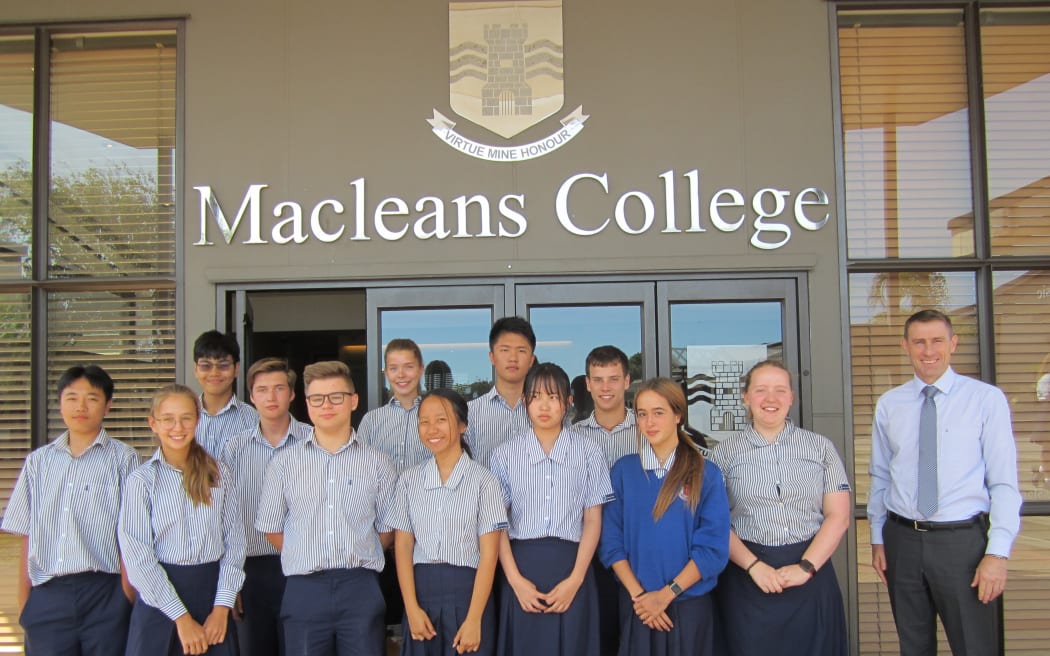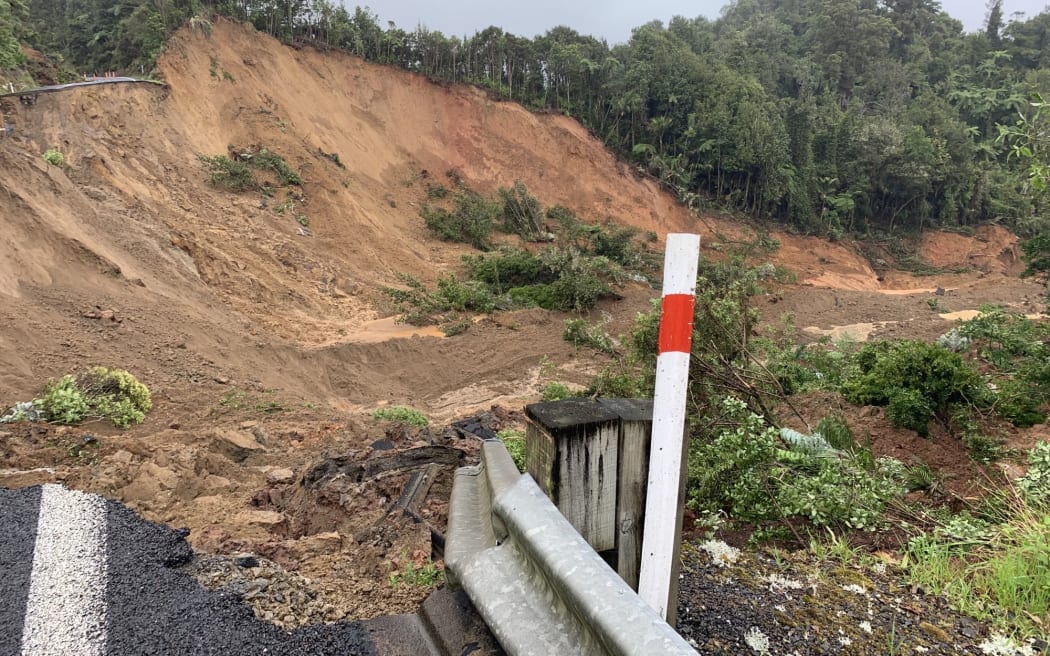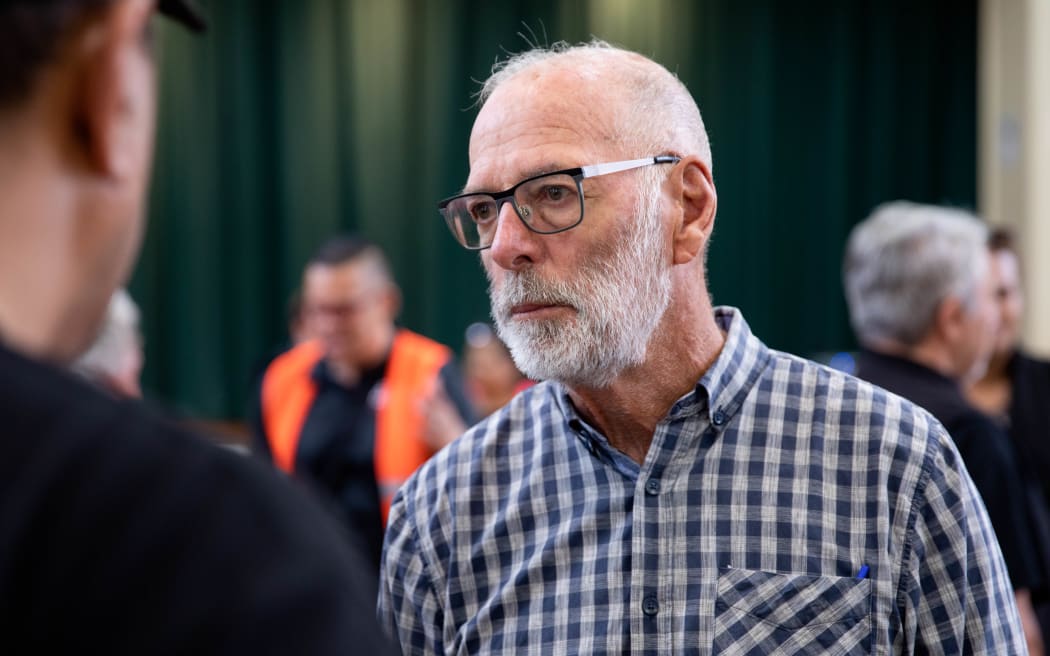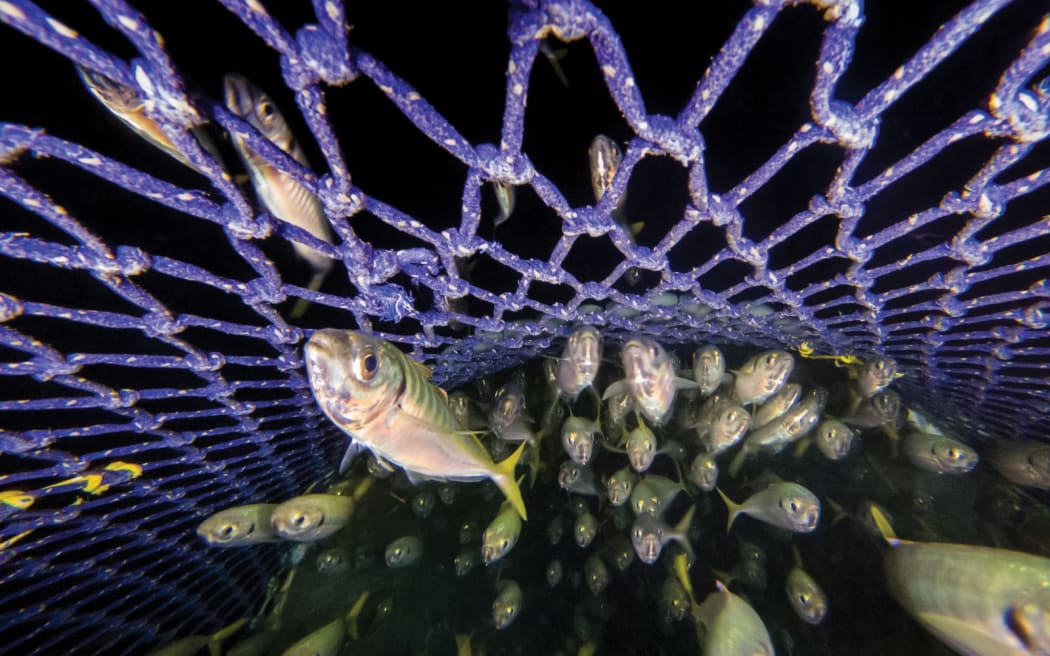Every weekday, The Detail makes sense of the big news stories.
This week, we looked at the air force's multi-billion dollar aircraft, whether the international education industry is bouncing back, the fight over the purse strings when it comes to fixing our embattled roads, and why "balls of steel" are needed when it comes to communicating through a crisis like the Auckland floods.
Plus, a new edition of our new Long Read.
Whakarongo mai to any episodes you might have missed.
The air force's new flying machines
Our old heroes of the Air Force, the P-3 Orions, have retired after 56 years of service - and the first of the flash new Poseidon P-8As has arrived.

Photo: RNZ / Samuel Rillstone
But is the accusation that we've chosen the gold-plated replacement a fair one?
And is Green Party criticism that we should be moving away from operating weapons of war valid?
Alexia Russell talks to director of the Centre for Strategic Studies at Victoria University David Capie, and the man in charge of the new planes, Wing Commander Mark Whiteside.
Are foreign students coming back?
Macleans College in east Auckland used to have more international students than any other school in the country.

Macleans College principal Steve Hargreaves with international students in 2019 Photo: Macleans College/Supplied
Then, the pandemic hit and turned its roll of 400 full-time equivalent international students to just 110 by mid-2022.
Tom Kitchin talks to principal Steve Hargreaves and RNZ's education correspondent John Gerritsen, who says the pandemic "smashed" the international education system.
"In financial terms, that's had a huge impact on tertiary institutions and on schools - prior to the pandemic they were getting more than a billion dollars a year in fees, and really that's more than halved," says Gerritsen.
Broken roads: Who pays to fix the damage?
In the Far North, as soon as some of the roads are fixed, they start falling apart again.
"We are facing a very real situation now where the funding just cannot support the level of service," councillor Ann Court says.

The landslide that sliced through SH25A in the Coromandel, pictured on 2 February. Photo: RNZ / Libby Kirkby-McLeod
Roads have basically been funded the same way for a century: the government - through the transport agency Waka Kotahi - raises money from costs associated with cars - for instance petrol taxes, taxes on tyres and registrations. But the demands on local and public purse have never been more dire.
Tom Kitchin speaks to Court and NZ Herald's deputy political editor Thomas Coughlan.
Missing the messenger? Communication and the Auckland floods
As a new storm threatens Auckland the big question is: can Wayne Brown get the message right this time?

Photo: RNZ/Angus Dreaver
In the space of two weeks, the embattled mayor has gone from being defensive and in denial over his poor handling of the flooding crisis, to apologetic and full of praise for Aucklanders in their clean-up efforts.
Sharon Brettkelly speaks to Stuff's Todd Niall and PR expert Chamanthie Sinhalage-Fonseka.
The Detail's Long Read: A Clean Sweep?
This is The Detail's Long Read - one in-depth story read by us every weekend.

Photo: Richard Robinson/New Zealand Geographic
This week, it's A Clean Sweep? written by Kate Evans and published in New Zealand Geographic's January/February 2023 issue.
You can find the entire article, with photos from Richard Robinson, on the New Zealand Geographic website.
Every year, New Zealand vessels drag trawl gear across nearly 100,000 square kilometres of our seafloor. We are the only nation still trawling on the high seas of the South Pacific. Can we make bottom trawling better? Or should we ban it altogether?
You can find out how to listen to and follow The Detail here.
You can also stay up-to-date by liking us on Facebook or following us on Twitter.

Photo:


